After another long travel day we pulled into La Selva Biological Station a little bit before dusk. We had to hurry to make the check in time and get in our rooms. I guess this place can be pretty hopping certain times of the year, and early reservations are a must. Most people had departed for the summer and we mostly had the lodging to ourselves and a few others. The lodging was clean, even if the food was pretty basic. Did I mention it all pretty much sits in primary forest? That you can't beat.
Within a few minutes, we had spotted our first herp, an Oophaga pumilio. I regret that despite this being the most common herp encountered at La Selva, I never photographed another. Upon returning home, I realized I never got the eye focus just right...
While I was photographing that, Brian managed to stir up a Gonatodes albogularis.
We quickly unpacked a bit, dressed for a hike and headed to the mess hall for a quick meal - beans and rice with "lizard sauce". It was delicious the first night...
Once out on the trails, there was a slight drizzle. We didn't think this would be the last drops of rain for a few days. We headed to the swamp, and despite the rest of the country being flooded and wet so far, Brian was bummed to report the swamps were mostly now dry. Luckily, a few animals were still out and about.
Norops limifrons
Diasporis diastema, another common frog I never bothered to photograph again.
Dendropsophus phlebodes
Leptodactylus pendactylus
Craugastor bransfordii
Brian was agast to later see I photographed this frog on a leaf. He did most of his research on litter frogs, the "drab" little frogs hopping around on the ground. They now definitely have a fond spot in his heart and he defends them very passionately. I was impressed by the knowledge he had picked up on these guys in his time down here. In my defense, he just handed me a "brasfordii" and took off to catch more stuff. It was a few minutes into my first night, and I photographed the frog on the nearest leaf not knowing any better...
Imantodes inornatus
Scinax elaeochroa
We headed out of the swamp and started to hit a few trails. The frogs kept coming.
Craugastor fitzingeri
And one of my favorites of the trip, Hypsiboas rufitellus.
The frog changed colors a bit during the session.
Pristimantis ridens
Craugastor mimus - another leaf litter frog, although this one was found on a low lying leaf. I again wish I had bothered with better pictures as we did not see another.
We ended our night around 1 or 2 in the morning. We added a bunch of new species (for me at least) already having been here only a few hours. I was very excited for what the next few days would hold.
After a quick breakfast around 7 am, we hit the trails again. Right off the bat, numerous ground anoles were seen scurrying around in the leaf litter.
Norops humilis
We headed to an area that has been managed to study successional changes in the forest after logging. There were some logs to roll and we noticed lots of skinks wandering around as well. We managed to bring one to hand together.
Mabuya unimarginata
As we left the plots, we were soon back in primary forest.
A couple large buttresses later and we spotted this Bothrops asper sitting head looking up in the bottom of a hollow tree - waiting for bats?
His tree.
The leaf litter frogs again dominated the area.
Craugastor megacephalus, one of my favorites.
Rhaebo haematicus
I had been spending much of my time investigating various downed fronds, logs, leaf litter, etc. Brian was giving me a hard time about "wasting my time flipping". I was pleased then to flip this, a new species for both of us.
Lepidoblepharis xanthostigma
I took the opportunity to give him a hard time about it, and then really layed into him when I flipped some branches and turned up this.
Oxyrhopis petolarius
Needless to say, he started flipping a bit more.
I haven't mentioned it yet, but for the past few days my Nikon D200 had started acting up. I would put in a new battery, and it would give "low battery" warnings, refuse to focus, take pictures, etc. I would pop the battery out, pop it back in, and it would work for a few minutes or so. Repeat process, etc. It happened ofter just when you had seconds to capture the right pose - bam, low batttery. By this point I was started to get annoyed and worried my camera wasn't going to make the trip. On this hike (we left at 7am, got back around 1 or 2 pm) all 3 of my batteries either died legitmately or stopped working due to "low battery" although seemingly they were recently charged and full. I payed for it by missing out on photographing another young Bothrops coiled right off the path.
Norops oxylophus
And an unID young norops.
We had missed lunch(ended up a daily theme), and we were getting pretty tired, hungry and low on water. We got back, charged batteries, rested, had a snack and waited for dinner around 530. This became our daily afternoon routine. We wolfed down our beans and rice, and hit the trails at dusk for another night.
One of the first finds of the night, was a large Lithobates vaillanti
Craugastor sp (fitzingeri?)
Brian had seen 2 or 3 of these awesome lizards during the previous 2 months. Over our 4 days we ended up finding over 10 more, either out at night or flipping them under cover during the day.
Lepidophyma flavimaculatum
Another Hypsiboas rufitellus
Smilisca phaetoa
Awesome
Brian FLIPPED (gasp) this Gastrophryne pictiventris
And while he was photographing it I wandered off and spotted this Oxyrhopis petolarius, now appropriately halloween colored crusing along a buttress.
We started the long hike back, but were able to turn up a Sibon nebulatus before Brian bailed on me due to fatigue around 12. I think some of the draw of night hikes had left him after 2 months.
I turned up a Caimen crocodilus and a Sibon annulatus before I stumbled in for the night.
More Atlantic slope to come!
Check out Costa Rica Part I, Part II, Part III, Part IV and Part V.

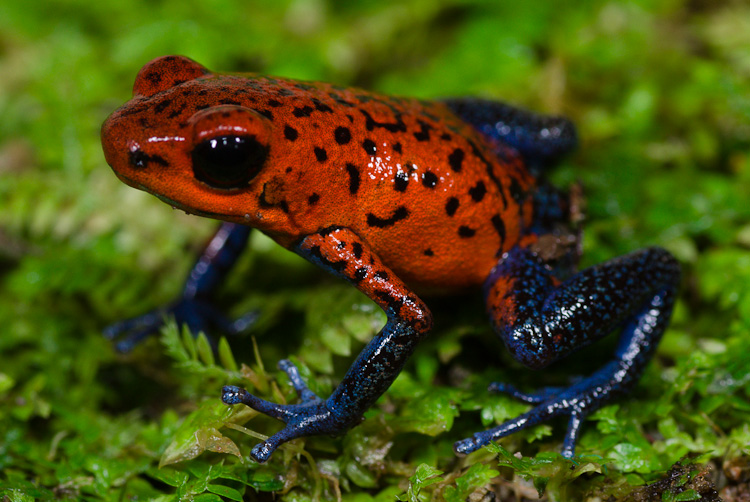
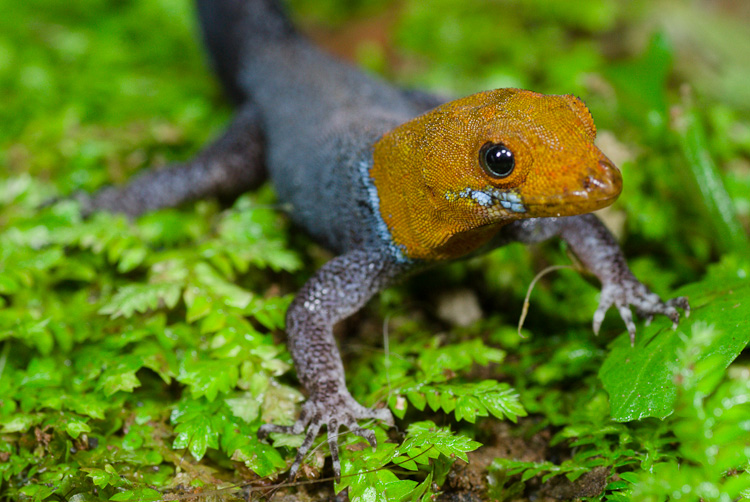
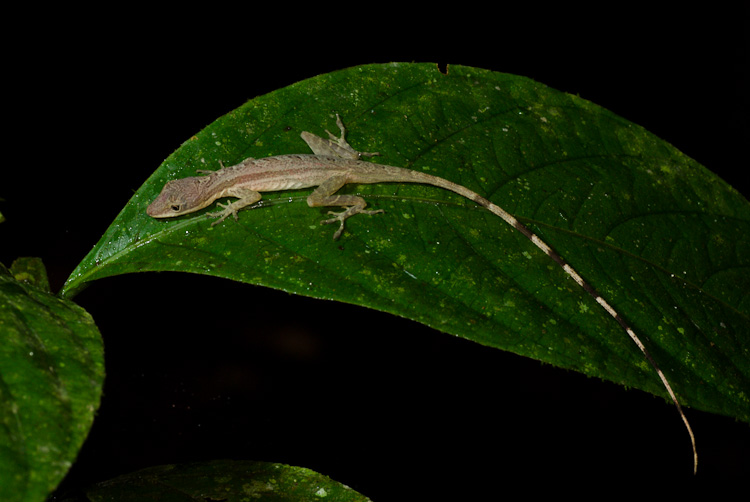
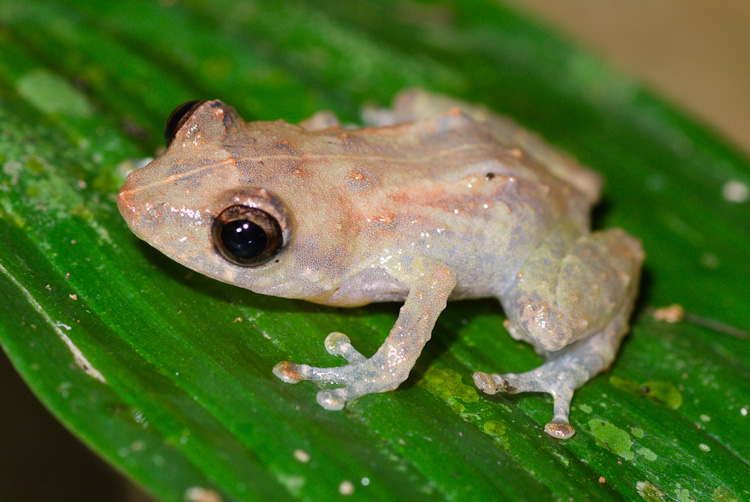
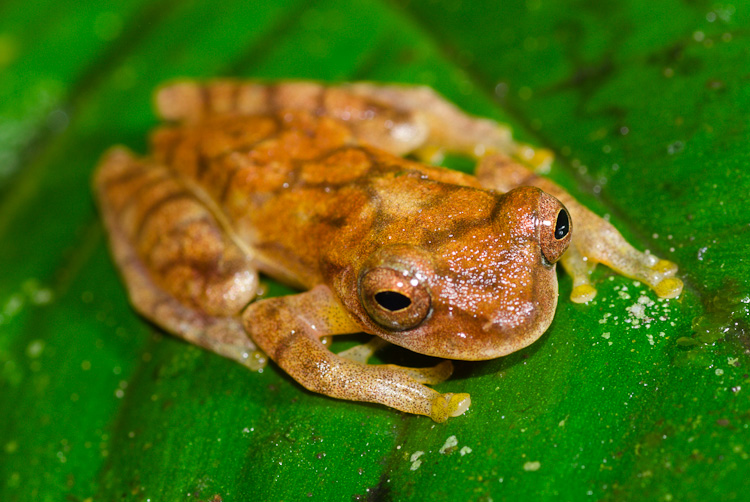
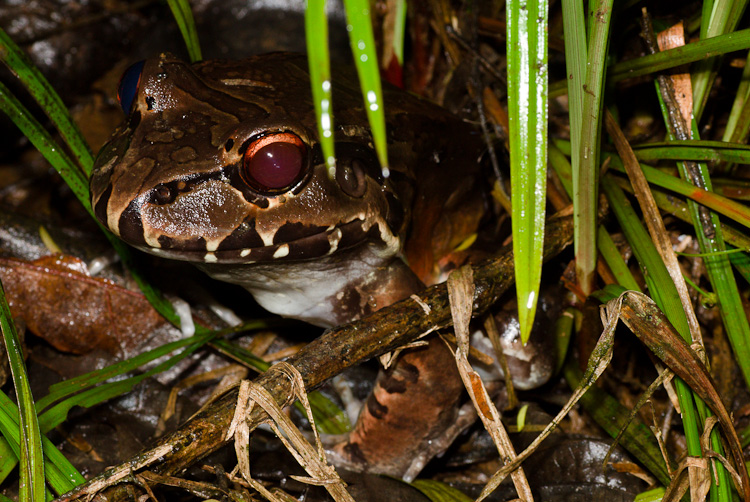
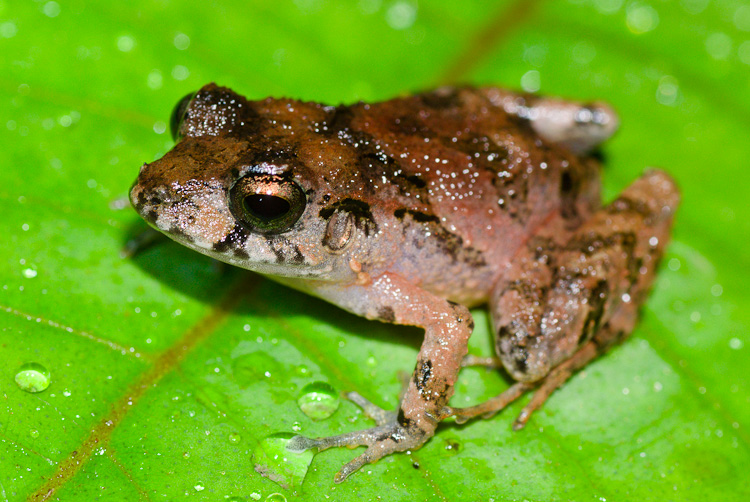
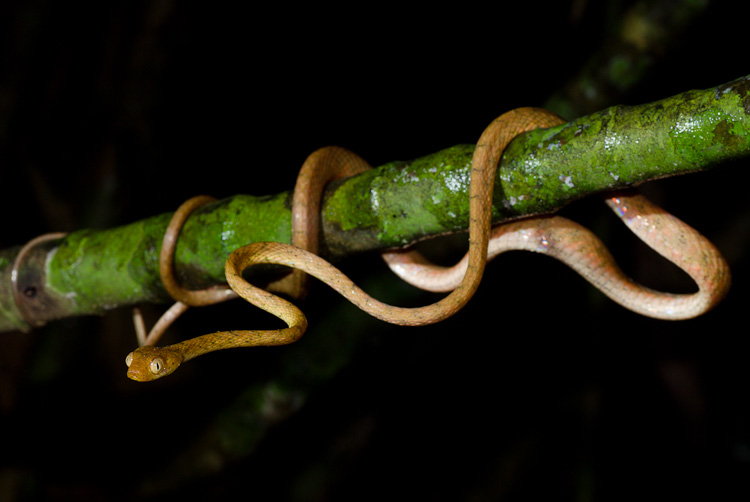
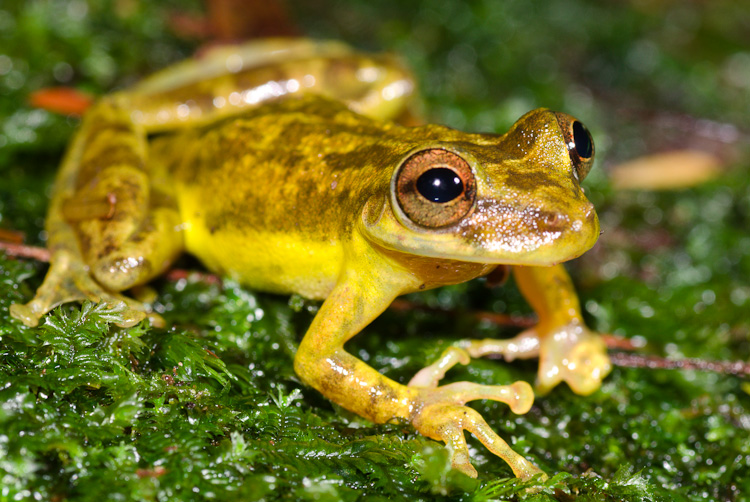
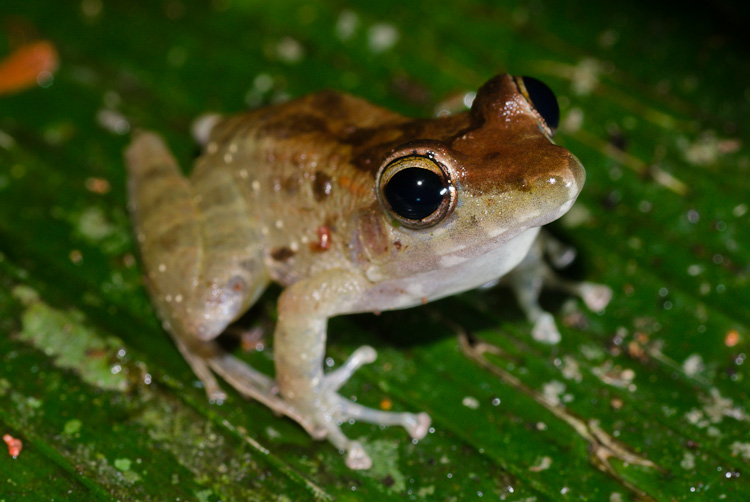
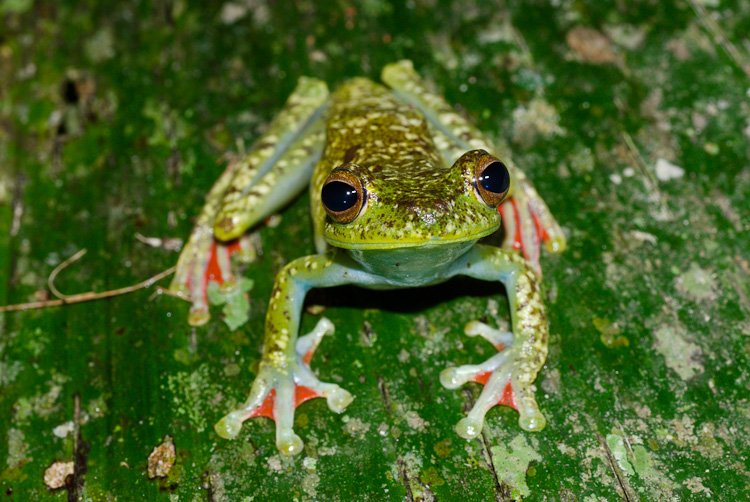
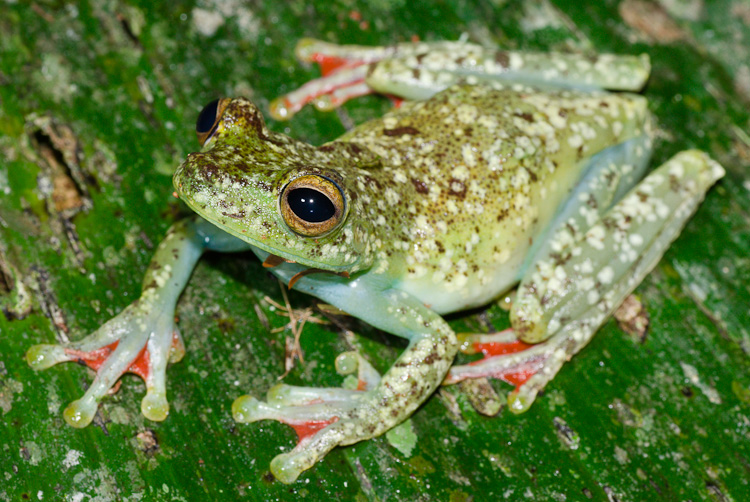
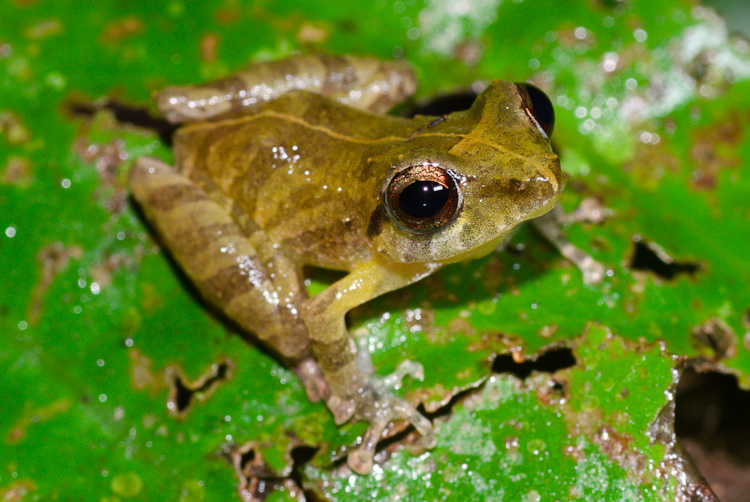


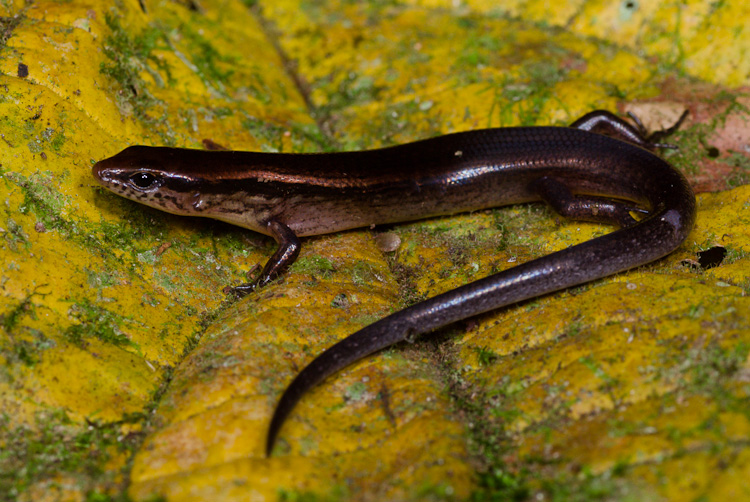 A
A

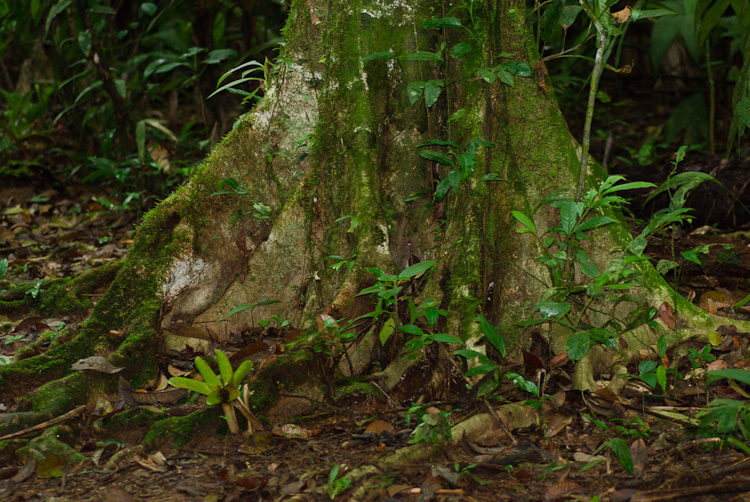
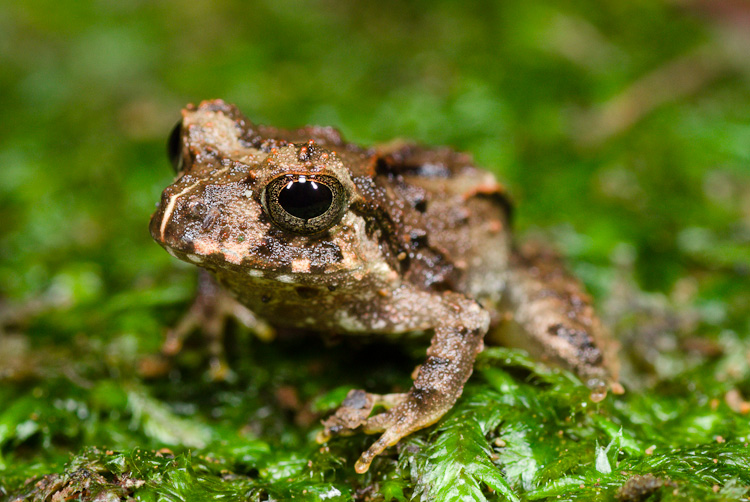



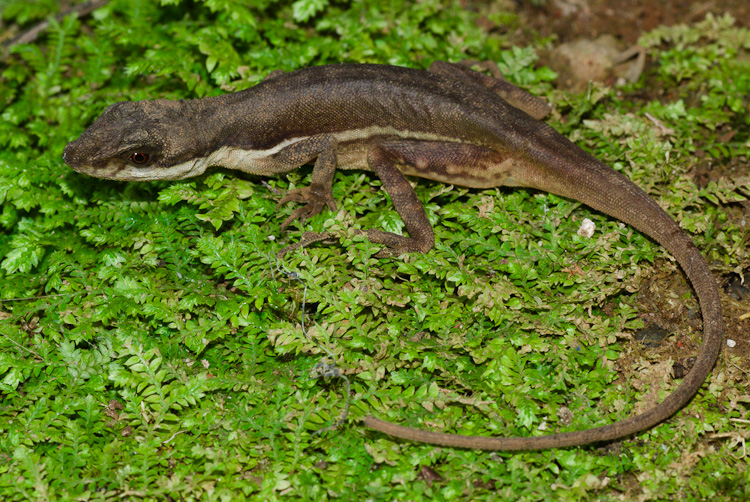
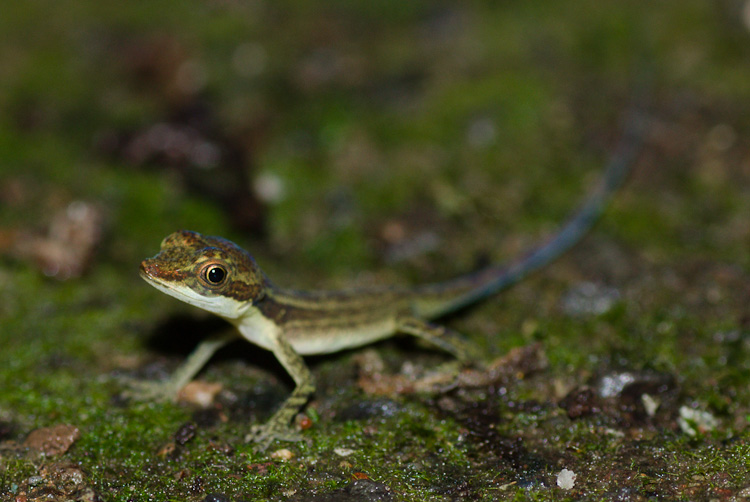
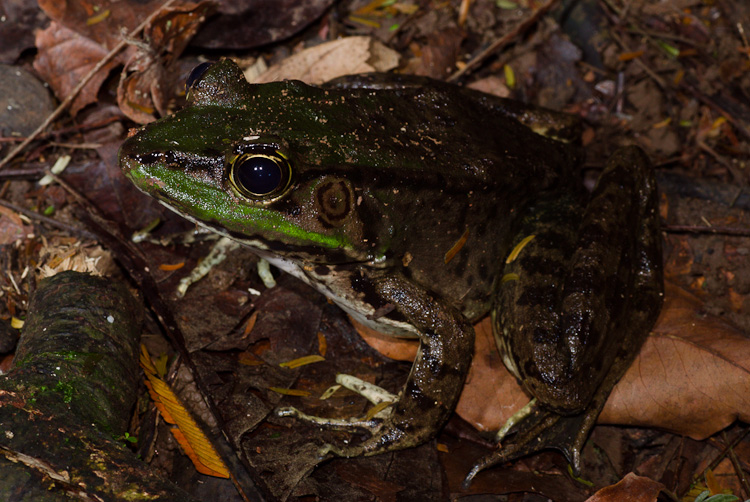

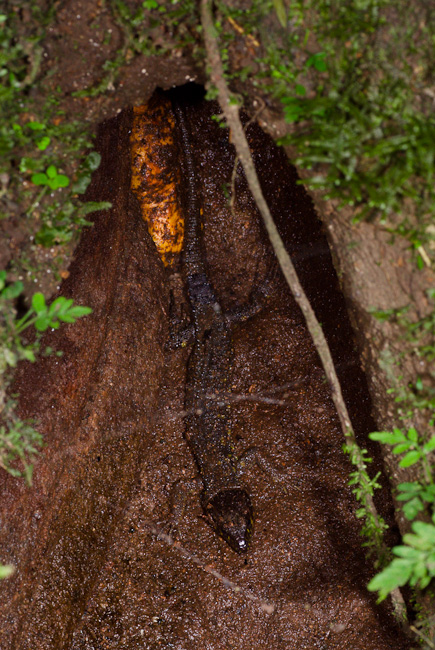
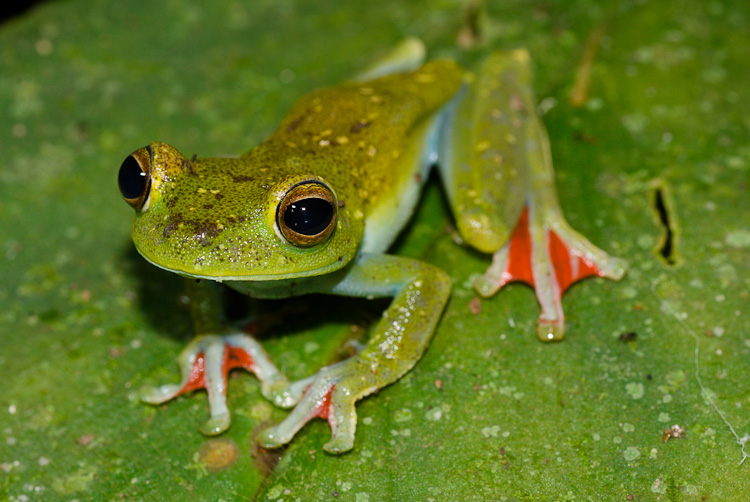


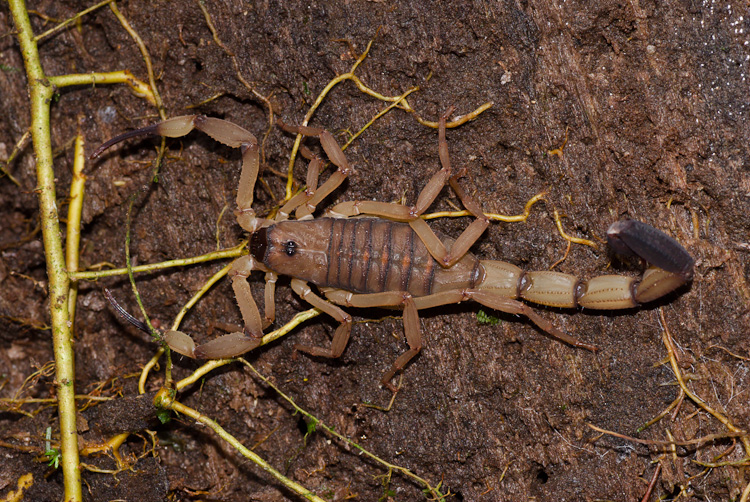
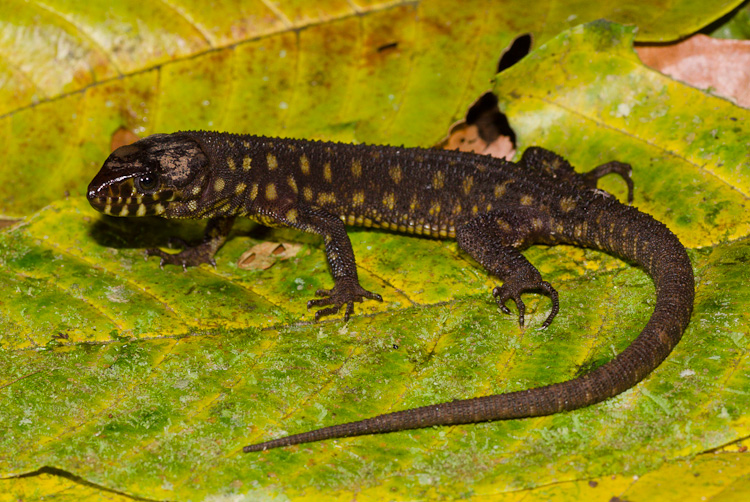


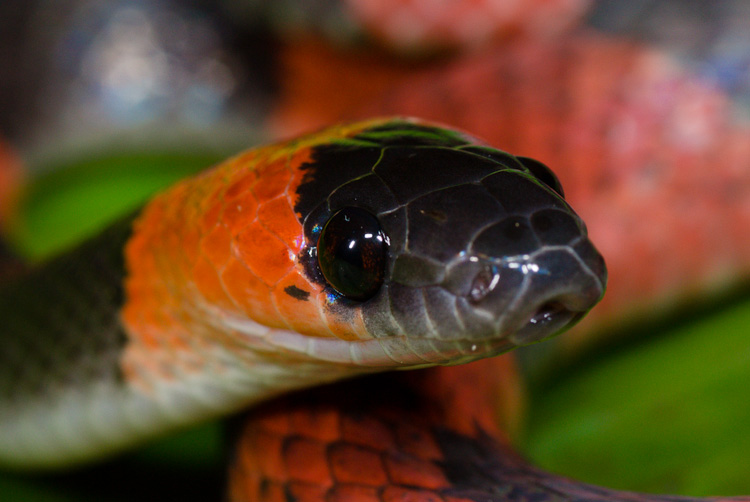
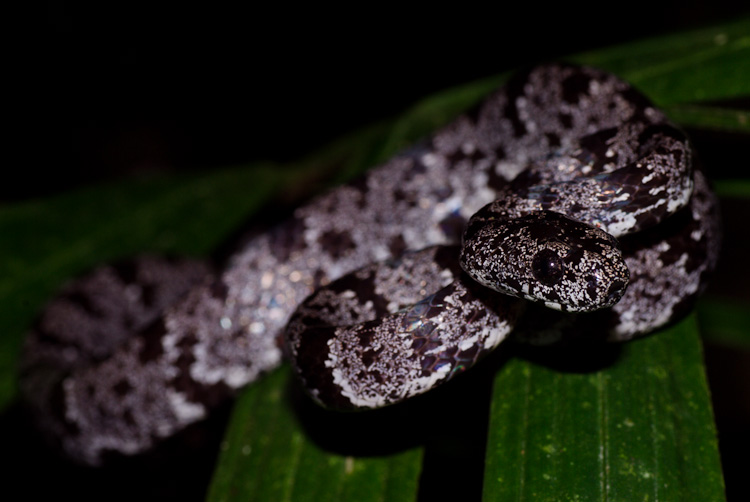
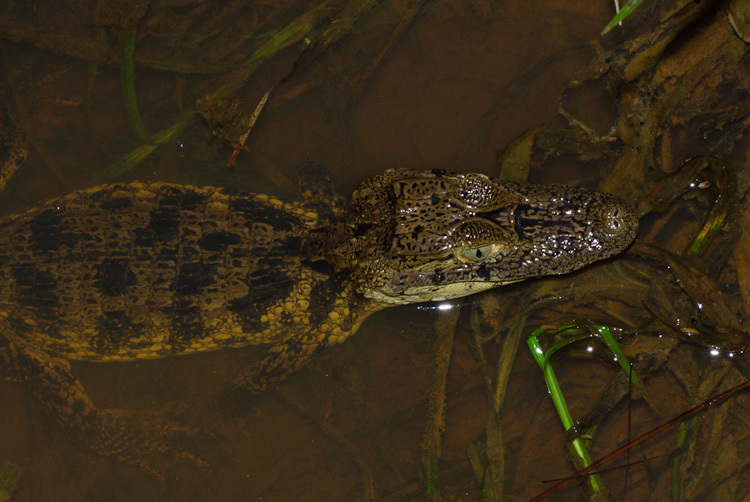
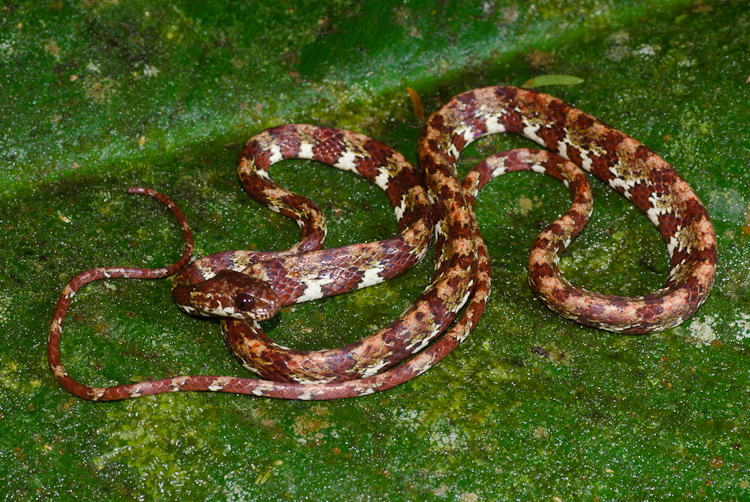

Things I miss: falling asleep to Diasporus calls, waking up to pumilio and howler calls, eating with lizard sauce, etc. Like you said, I find it funny that you photographed C. bransfordi on a leaf off the ground, while you shot S. elaeochroa on moss (arboreal species). That Smilisca is gorgeous, and it goes w/o saying that rufitellus are the bomb. Boy, do I really miss these animals....
ReplyDelete-Brian
What kind of reference(s) do you use for identifications?
ReplyDeleteNice to see you turned up a few inverts :)
A few references, but Savage The Amphibians and Reptiles of Costa Rica was our primary source.
ReplyDelete